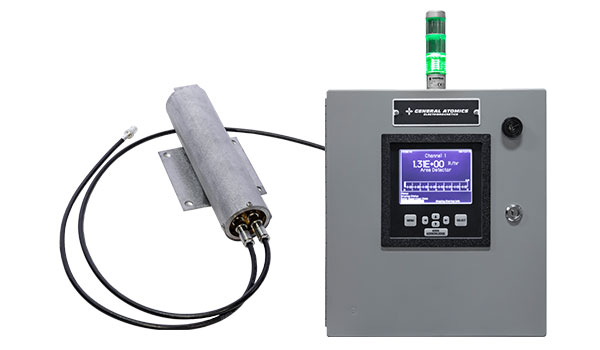The online casino industry has rapidly evolved into a multi-billion-dollar global enterprise. With advancements in technology and a shift in consumer behavior toward digital platforms, online gambling has become a cornerstone of entertainment and economic activity worldwide. Platforms like High Roller exemplify how the industry has embraced innovation to deliver diverse gaming experiences while contributing to economic growth in several ways.
A Booming Industry Generating Revenue Globally
Online casinos have significantly impacted national and global economies, primarily through revenue generation. According to recent reports, the global online gambling market is projected to exceed $90 billion by 2027. This growth is fueled by increased internet penetration, smartphone usage, and a rising preference for digital entertainment over traditional options.
Countries with favorable regulatory frameworks benefit immensely from taxation on online gambling operations. For instance, the UK Gambling Commission oversees a highly regulated market that generates billions in tax revenue annually, which supports public services such as healthcare and education. Similarly, nations like Malta have positioned themselves as hubs for online gambling, boosting their economies by attracting operators through favorable policies.
Employment and Technological Advancements
The online casino sector creates a substantial number of jobs, both directly and indirectly. From software developers and data analysts to marketing specialists and customer support teams, the industry provides employment opportunities across various fields. Moreover, the technological innovations driven by this sector often ripple into other industries. For example, advancements in blockchain and cybersecurity within online gambling are being adapted for broader applications in banking and e-commerce.
Additionally, online casinos have pushed the boundaries of artificial intelligence (AI) and machine learning. These technologies are used to personalize user experiences, detect fraud, and promote responsible gaming practices, showcasing how the industry contributes to technological progress on a global scale.
Cross-Border Investments and Economic Integration
The international nature of online casinos has fostered cross-border investments and economic integration. Operators frequently collaborate with game developers and payment processors from different regions, creating a web of interconnected businesses that benefit local and global economies. For example, partnerships between European software developers and North American casino platforms are becoming increasingly common, highlighting the industry’s role in fostering international economic ties.
Furthermore, the adoption of cryptocurrency by many online casinos has revolutionized cross-border transactions. Digital currencies eliminate the need for traditional banking intermediaries, making global operations more efficient and cost-effective. This trend not only benefits operators but also enhances user convenience, attracting a broader audience to the platform.
Addressing Economic Challenges: Regulation and Sustainability
Despite its economic benefits, the online gambling industry faces challenges that must be addressed to ensure sustainable growth. Regulation remains a key concern, as unregulated markets can lead to issues such as fraud, money laundering, and problem gambling. Governments worldwide are working to implement frameworks that balance industry growth with consumer protection. For instance, the European Union has been proactive in harmonizing gambling laws to ensure a level playing field for operators and safety for users.
Another challenge is the industry’s environmental impact, particularly energy consumption from data centers and blockchain operations. Many online casinos are adopting green initiatives, such as optimizing servers for energy efficiency and exploring eco-friendly blockchain technologies. These steps demonstrate the industry’s commitment to aligning with global sustainability goals.
Future Prospects for Global Economic Impact
The online casino industry’s future is brimming with opportunities for further economic impact. As emerging markets in Asia, Africa, and South America embrace digital gambling, the industry’s reach is expected to expand significantly. The integration of immersive technologies such as virtual reality (VR) and augmented reality (AR) will likely attract even more users, driving growth and innovation.
Moreover, the industry’s ability to adapt to shifting regulatory landscapes will determine its long-term viability. By prioritizing transparency, fairness, and responsible gaming, online casinos can continue to gain the trust of users and regulators alike, ensuring sustained contributions to the global economy.
Conclusion
Online casinos are more than just a source of entertainment—they are dynamic economic engines driving global growth through revenue generation, employment, technological innovation, and international collaboration. As the industry continues to evolve, platforms like High Roller set the standard for delivering exceptional gaming experiences while contributing to economic development. By addressing regulatory challenges and embracing sustainability, the online gambling sector is poised to make an even greater impact on global markets in the years to come.
For further insights into the economic impact of online gambling, explore this detailed study on the global gambling market.















 Bitcoin
Bitcoin  Ethereum
Ethereum  Tether
Tether  XRP
XRP  Wrapped SOL
Wrapped SOL  USDC
USDC  TRON
TRON  Lido Staked Ether
Lido Staked Ether  Cardano
Cardano  Avalanche
Avalanche  Toncoin
Toncoin